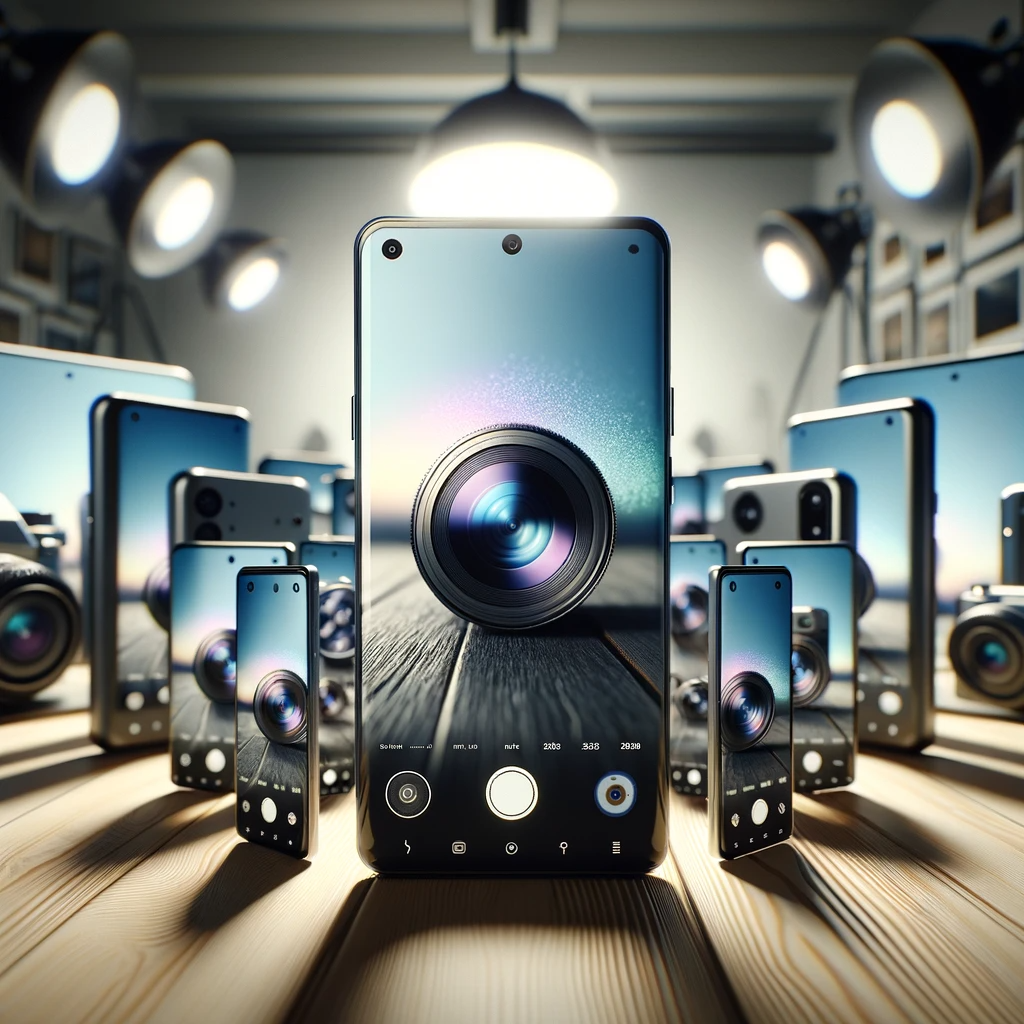Introduction to Mobile Device Cameras
In a world where smartphones have become an extension of our lives, one feature has stood out as a game-changer – the built-in camera. Mobile device cameras, often referred to as smartphone cameras, have come a long way since the inception of the first camera phone. In this article, we will take you on a journey through the fascinating evolution and capabilities of mobile device cameras, exploring the technology behind them and their impact on photography and communication.

The Dawn of the Camera Phone
The history of the camera phone dates back to November 2000 when the first camera phone, the Kyocera, was introduced in Japan. This innovative device marked the beginning of a trend that would forever change the way we capture and share our lives. Before this milestone, mobile phones were primarily used for voice calls and text messages.
The Evolution of Mobile Phone Cameras
Since that groundbreaking moment, smartphones have evolved into sophisticated devices with advanced camera systems. Early camera phones featured modest 0.3-megapixel cameras, but today, we have devices equipped with 12-megapixel or higher-resolution cameras. The integration of high-end camera technology into smartphones has transformed the way we take photos and videos.
Understanding Camera Components
A typical smartphone camera consists of several key components, including the image sensor, camera lens, and image stabilization technology. The image sensor captures light and converts it into digital information, while the camera lens focuses the image onto the sensor. Image stabilization technology helps reduce blur caused by the movement of the camera, allowing for sharper images and smoother videos.
Zoom and Image Quality
Many modern smartphones feature optical zoom capabilities, allowing users to get closer to their subjects without sacrificing image quality. Optical zoom differs from digital zoom, which simply enlarges the image digitally and can result in a loss of quality. Understanding the difference between these zoom options is crucial for capturing high-quality images.
Dual and Front-Facing Cameras
In addition to the main rear camera, smartphones often include a front-facing camera for selfies and video calls. Some high-end smartphones even feature dual-camera systems, which combine the capabilities of two different cameras to capture more detailed and versatile shots. Understanding how to utilize these various camera options can greatly enhance your photography skills.
Camera Apps and Features
Most smartphones come with built-in camera apps that offer a wide range of features, including different shooting modes, filters, and editing tools. Learning how to navigate and make the most of these features can help you take stunning photos and videos right from your pocket.
The Future of Mobile Device Cameras
As smartphone technology continues to advance, so does the quality of mobile device cameras. With features like telephoto lenses, advanced image sensors, and dedicated camera modes, smartphones are blurring the lines between traditional digital cameras and mobile devices. The camera function in smartphones is no longer just a bonus; it’s a key selling point.
Conclusion
In conclusion, mobile device cameras have come a long way from their humble beginnings in November 2000. They have revolutionized the way we capture and share our experiences, making photography accessible to almost all. Whether you’re a seasoned photographer or just a casual user, understanding the capabilities of your smartphone camera can significantly improve your photography skills and open up a world of creative possibilities. So, go ahead, unlock the lens, and start capturing moments with your smartphone camera today! 📸
